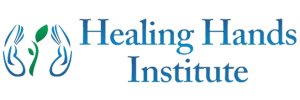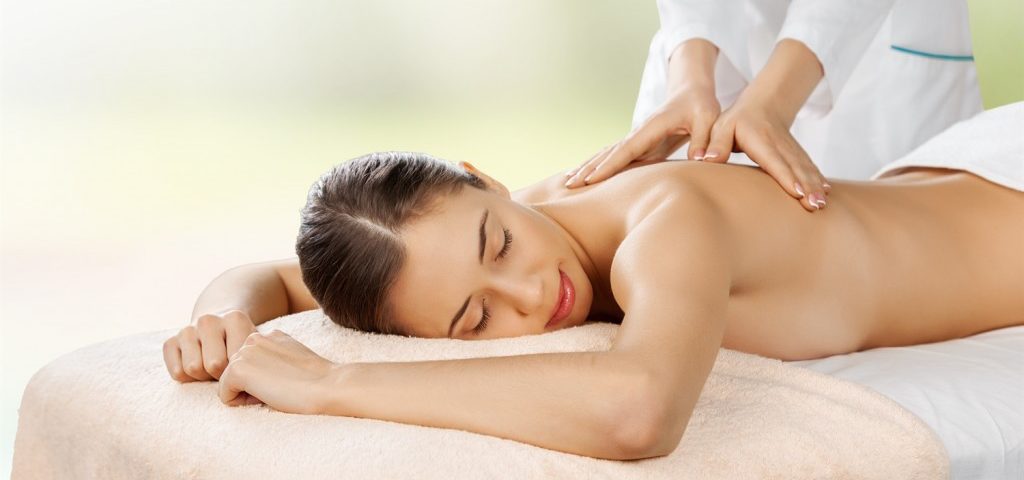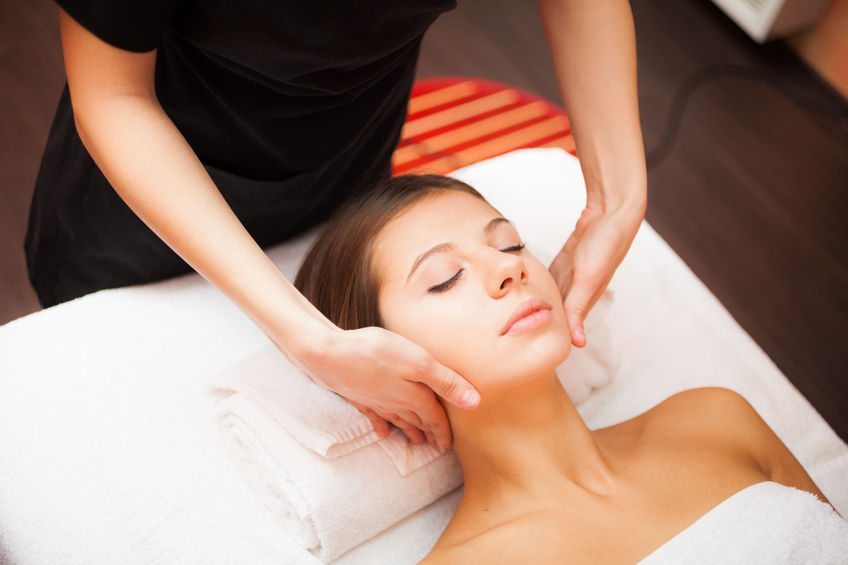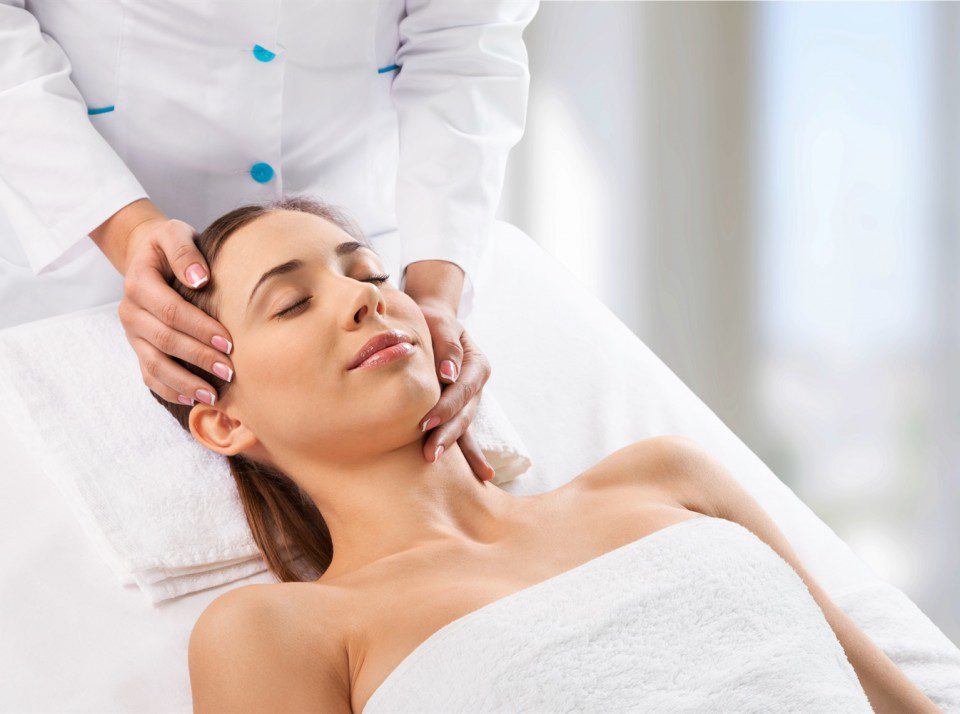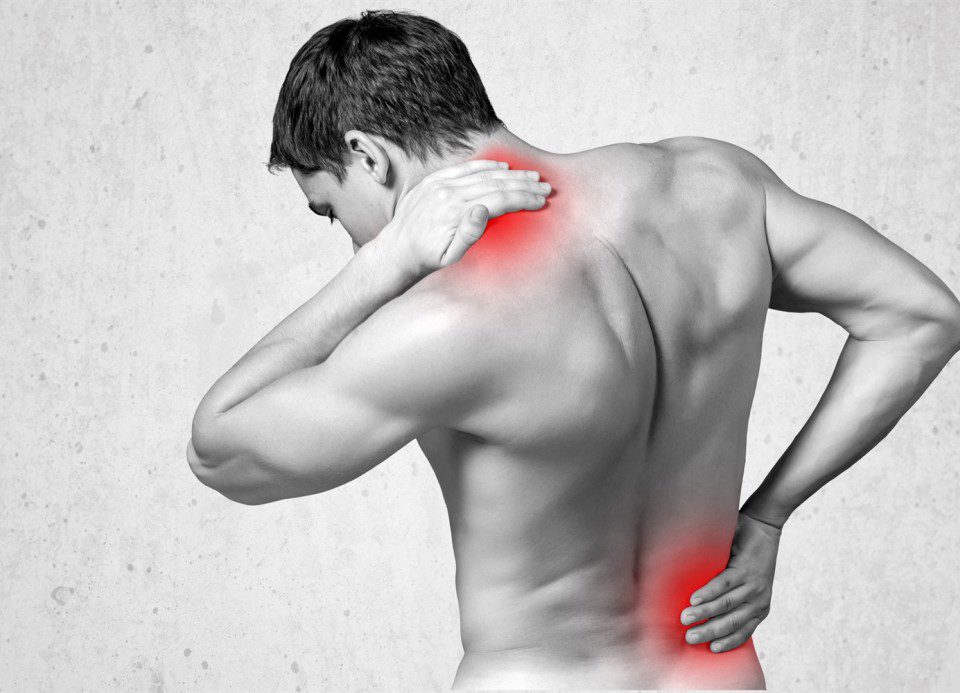Deeper, Easier Breathing with Massage Therapy
Breathing is automatic
Breathing is a natural function that we ignore as we go about our daily, busy lives. Rarely do we even give it a second thought. But did you know that most of us are breathing incorrectly? And that this incorrect way of breathing can have a variety of long term health effects? We take approximately 23,000 breaths a day. That equates to 4,500 gallons of air. That number climbs to 25 times that amount during exercising. It is no wonder that carrying out the breathing function improperly can profoundly influence our overall health. Massage therapy can play an important role in learning proper breathing techniques and reversing the negative health effects of shallow breathing.
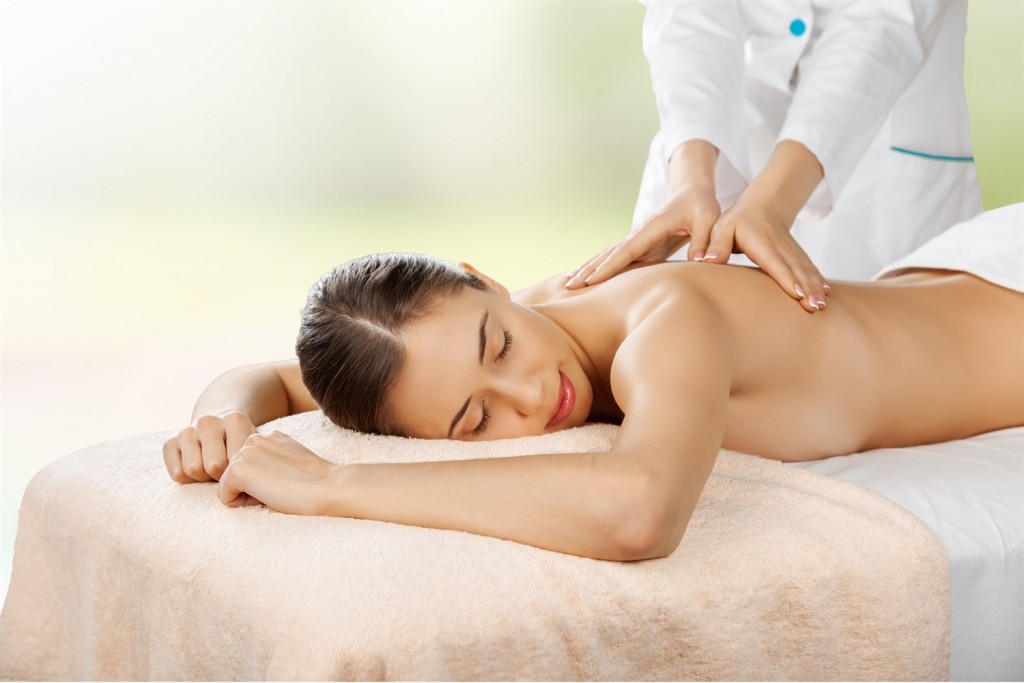
Effects of Improper Breathing
Breathing is meant to be carried out freely and naturally, using our entire bodies as we did when we were babies and young children. Different factors as we age such as increasing stress levels and sedentary work environments cause us to start changing our breathing habits over time. Instead of breathing as we should, we become conditioned to breath in a more shallow, constricted way, breathing into our upper chest only. When the body begins to consistently take these shallow breaths, it becomes very difficult, for the body to ever reach a relaxed state.This problem is rooted in the tightening of the muscles around the rib cage and abdomen, constricting air. The lungs have to work harder and faster to compensate.The ability to deliver oxygen to the cells of the body is now decreased. Eventually, vital organs like the brain and heart are affected by becoming sluggish.The overall combined stress from learned methods of breathing weakens our health and decreases our stamina over time.It also leads to further increases in stress, causing the nervous system to become unbalanced. Ultimately, it exacerbates a vicious cycle of bad breathing and poor wellness.
Principles of proper breathing
Breathing needs to mimic the natural breathing that we did as babies. That is, it needs to use the full range of movement of the organs of the respiratory system. This includes our nose, lungs, diaphragm, and accessory breathing muscles. It should also include the belly and back to allow positioning that will allow a full, free inhalation and exhalation. Proper breathing must begin in the nose; not just the mouth. The nose prepares the air you breathe in by warming it and clearing it of bacteria. This air refinement process allows the lungs to use this air as effectively as possible. Next, make sure to use your diaphragm to force the air to travel from your nasal passages all the way down to your belly. This will help your lungs with proper gas exchange and will also help the chest, neck, and shoulder to relax. Make a conscience effort to breathe in a relaxed fashion, maintaining a natural rhythm. Lastly, be aware of the sounds you make during breathing such as snoring, grunting, or coughing. A breathing pattern containing a lot of these takes breathing out of its natural rhythm, causing further strain on the body. By practicing the techniques described on a consistent basis, you will be able to begin to train yourself to breathe properly.
How massage therapy can help
Massage therapy plays an important role in re-training the body to improve breathing. Massages on the accessory respiratory muscles can help to relax and lengthen these muscles, improving breathing capacity and function. This is important because if these muscles are chronically tightened, they can restrict normal breathing. Massages can also help improve posture which allows for the opening of the chest. It encourages structural alignment and rib cage expansion both of which are needed for optimal lung function. Additionally, your breathing rate slows and becomes deep and regular during a massage as a result of the the parasympathetic nervous system responding to the therapy. Massage therapy also offers the benefits of tapotement, a percussive stroke used in certain modalities which vibrates in the lungs. Tapotement can help increase airway clearance by loosening mucus in the lungs. A variety of respiratory issues, such as allergies, sinus problems, asthma and bronchitis, can all benefit from this technique. Lastly, a massage therapist who also uses breath work can help you learn how to breathe to relieve the tension spots in your muscles. Breath work involves the therapist coaching the client on how to use the lips and respiratory muscles in order to breathe more deeply and maximize the effects of the therapy session.
By taking control of your breathing, your will become more relaxed and in tune with its natural rhythm.Proper breathing clears away stress, quiets the mind, and increases energy levels.Together with massage therapy, it can also help you become aware of you daily stress levels. Once you recognize what true relaxation through proper breathing feels like, you can easily recreate it before stress becomes damaging.
